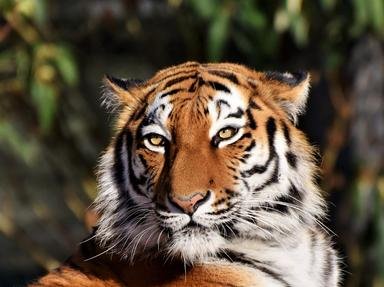
Small Wild Cats Trivia Quiz
This is a quiz on small cats like lynxes, bobcats and ocelots. How much do you know about these small-to-medium wild cats? Take this quiz to find out. Good luck!
This is a renovated/adopted version of an old quiz by author tigress
A classification quiz
by LeoDaVinci.
Estimated time: 3 mins.